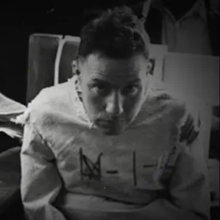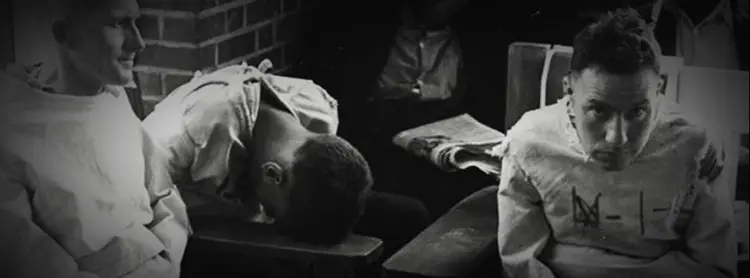This week on Portsmouth Point: ‘On being sane in insane places’- David Rosenhan

by Sophie B, Year 12
Recently, I read a book titled ‘Opening Skinner’s Box’ by Lauren Slater. The book outlined the 10 most influential psychological experiments of the 20th century. The sixth experiment featured in the book was an investigation into the validity of psychiatric diagnoses by David Rosenham titled ‘On being sane in insane places’.

From 1969 to 1972, a time when criticisms regarding the scientific nature of psychiatric diagnosis were rife, David Rosenham, psychiatrist at Stanford University, carried out his experiment. He recruited 3 women and 5 men with no history of mental illness to act as pseudopatients along with himself. The participants were trained to store pills in the side of their mouths to avoid swallowing unnecessary medication and briefed on their task. They were to be sent to 12 psychiatric hospitals across America and instructed to complain about a voice in their head of the same gender as themselves repeatedly saying the word ‘thump’. Only one of the hospitals involved (the one which Rosenham was admitted to) was aware that they were partaking in an experiment. A false name and occupation were assigned to each participant in order to protect their identity, but they were told to answer truthfully to all other questions regarding symptoms. In 11 cases, the participants were admitted to a psychiatric hospital due to a diagnosis of schizophrenia. The final hospital admitted the patient for a diagnosis of manic-depressive psychosis.
Once inside the hospital, the participants were instructed to act as normal and to state that they were fine and no longer experiencing symptoms if asked by a member of staff. Participants later stated that while inside the hospital, other patients were skeptical and frequently asked whether the participant was truly ill. However, it was reported that not a single staff member outwardly expressed the belief that the participant was not truly mentally ill, and the participants remained at the hospital. The shortest stay was 7 days and the longest 52, with a mean stay of 19 days. These results called into question the validity of the psychiatric diagnosis procedure as, not only were they admitted, but also managed to remain undetected for significant periods of time. Rosenham himself claimed that a lack of objective criteria for diagnosing mental disorders contributed heavily to this lack of accuracy.
Following the experiment, Rosenhan published his findings in a paper titled ‘On being sane in insane places’. The paper caused outrage among the psychiatric and psychological community. One particularly harsh critic of David Rosenhan was a psychiatrist named Robert Spitzer. In a paper responding to Rosenhan’s claims written in 1975, he famously wrote ‘If I were to drink a quart of blood and, concealing what I had done, come to the emergency room of any hospital vomiting blood, the behavior of the staff would be quite predictable. If they labeled and treated me as having a bleeding peptic ulcer, I doubt that I could argue convincingly that medical science does not know how to diagnose that condition.’ Fellow critic Seymour S. Kety also claimed that the study lacked realism as it was unreasonable to expect psychiatrists to consider the possibility that patients may pretend to have mental illness.
A psychiatric hospital also responded to Rosenhan’s paper. The Palo Alto Veterans Administration Hospital, located in California, was outraged at the reputational damage created by Rosenhan’s groundbreaking findings. They wrote to the psychiatrist directly and challenged him, over the course of a year, to send pseudopatients at random intervals. They claimed that they would be able to detect these pseudopatients and, at the end of the year, would report to him the number of pseudopatients he had sent. Rosenhan accepted this challenge, confident with his hypothesis that psychiatric diagnosis lacked validity and the hospital would be unable to identify the difference between a real and pseudo-patient. After the experiment, the hospital reported proudly that they had successfully detected 41 of Rosenhan’s participants. Rosenhan replied simply stating that he had not sent a single pseudopatient to the hospital.
To this day, the experiment faces intense scrutiny, dubbed by the NewScientist magazine as ‘The flawed experiment that destroyed the world’s faith in psychiatry’. Since the time in which the experiments were conducted, huge improvements have been made in the field and it is crucial that we do not let one experiment discredit an entire field of research.















.png&command_2=resize&height_2=85)






